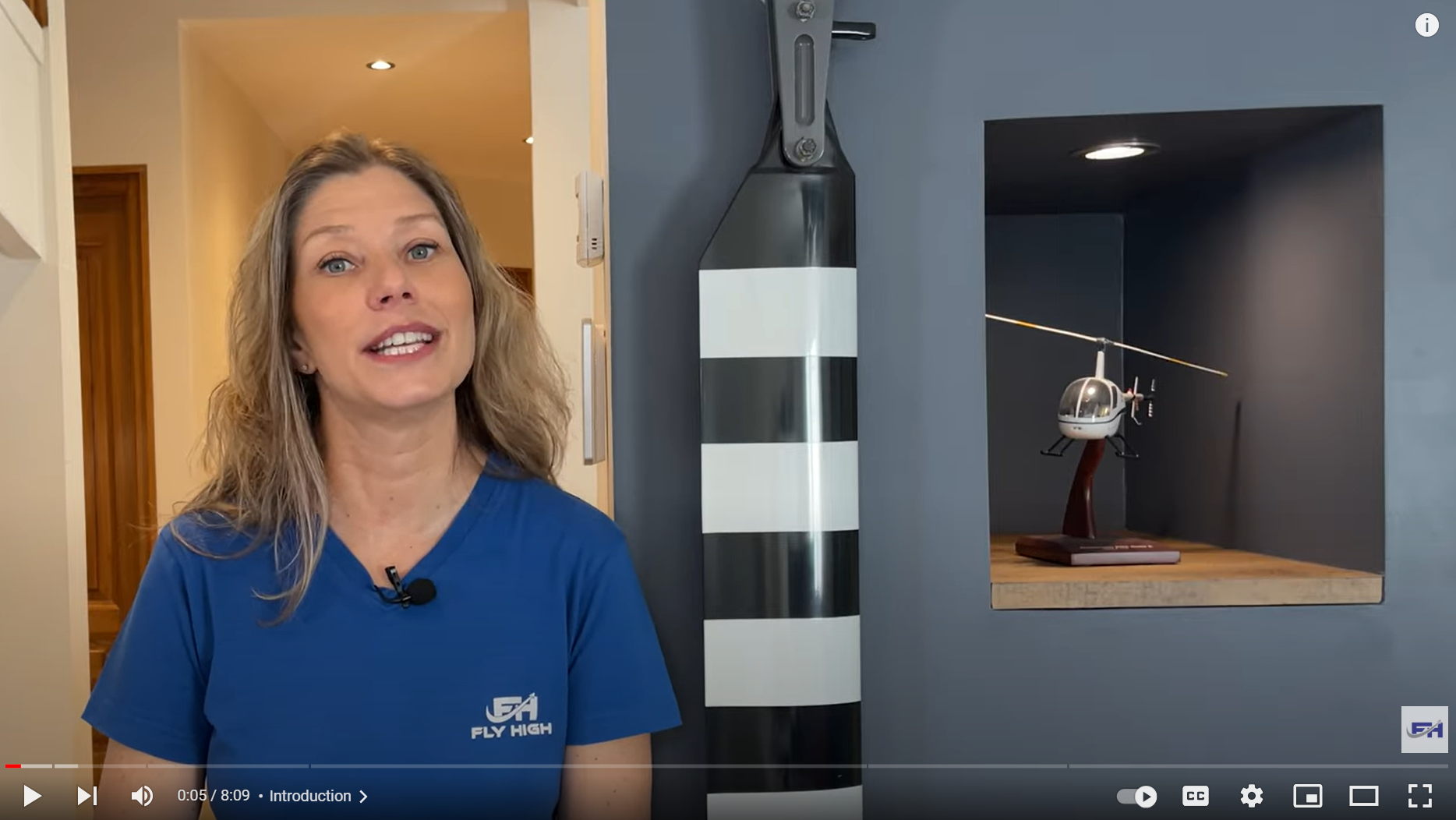Understanding, Avoiding and Recovering from Loss of Tail Rotor Effectiveness
To be a good helicopter pilot and to avoid accidents, you need to know the hazardous flight conditions well.
In this other video in the series of "Hazardous Helicopter Flight Conditions", ESPN-R member Caroline Schiel, Helicopter Pilot and Flight Instructor CPL(H) FI, addresses Loss of Tail Rotor Effectiveness (LTE), also called Unanticipated Yaw (UY).
LTE results in an uncontrollable yawing motion, which can lead to a loss of helicopter control and a possible LoC-I accident.
It is induced by wind, not by a technical failure or maintenance error.
- To prevent LTE, always know where the wind is coming from, be very reactive and rigourous on the pedals, stay within the helicopter performance limitations and be very attentive during flights requiring sighificant power.
- And to recover from LTE, quickly push the opposite pedal firmly and completely.
 Loss of Tail Rotor Effectiveness - All the explanations - YouTube
Loss of Tail Rotor Effectiveness - All the explanations - YouTube
Other Episodes in the Series
The other episodes in the series do or will address:
- Vortex Ring State (VRS),
- Mast Bumping,
- Ground Resonance,
- Dynamic and Static Rollover,
- Carburetor Icing,and
- Rotor Stall.
Leave your comments, questions and suggestions in the section below.
You can also contact Caroline Shiel at Fly High | Facebook or (63) Caroline Schiel | LinkedIn.
References
Loss of Tail Rotor Effectiveness - All the explanations - YouTube by Helicopter Training Videos HELICOPTER VORTEX RING STATE : Understanding the Dangerous Phenomenon (youtube.com) by Helicopter Training Videos
sn42.pdf (robinsonheli.com) Robinson Helicopter Safety Notice 42: Unanticipated Yaw video Handling Unanticipated Yaw | EASA Community (europa.eu) EASA Unanticipated Yaw video
Please log in or sign up to comment.